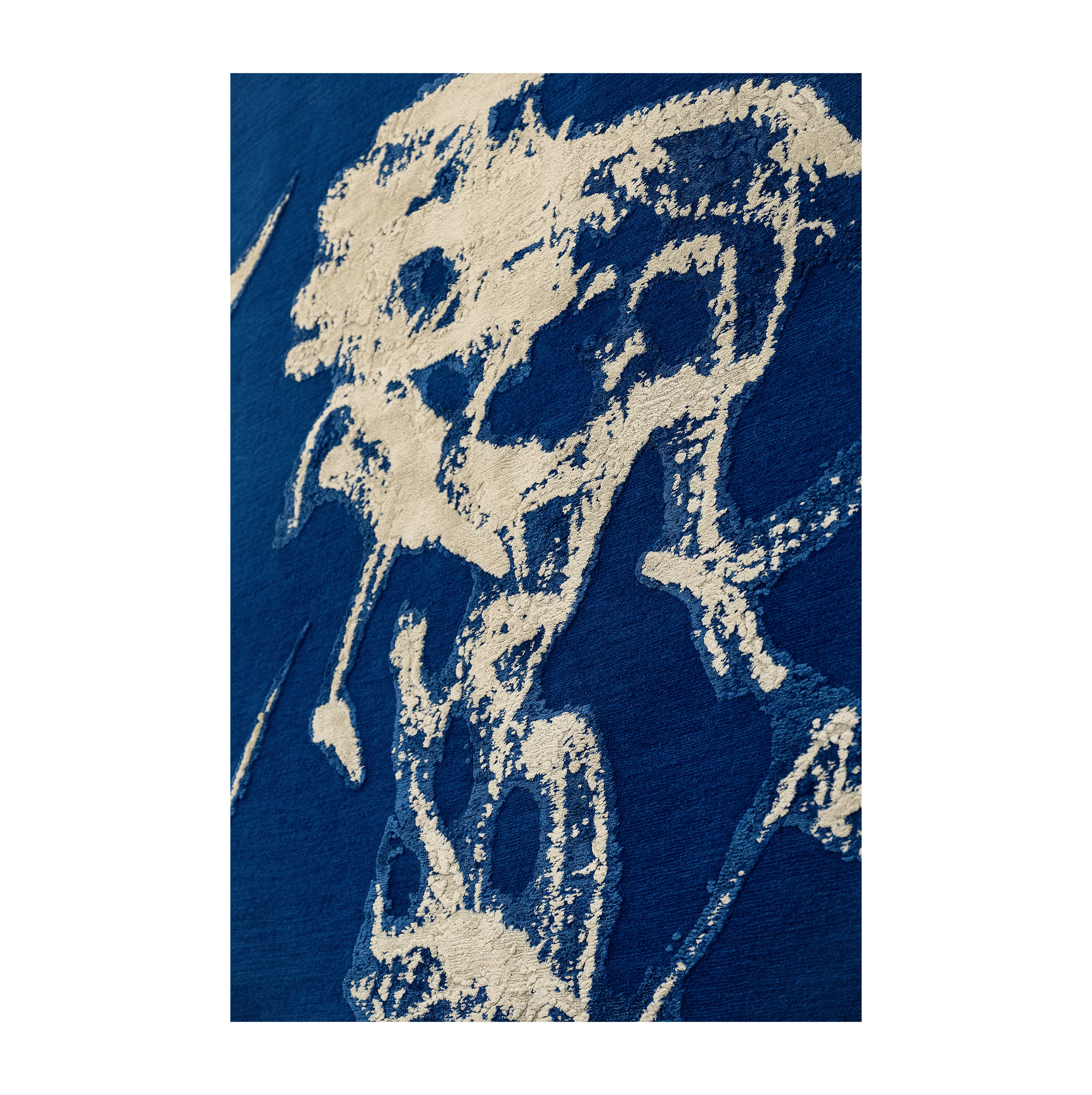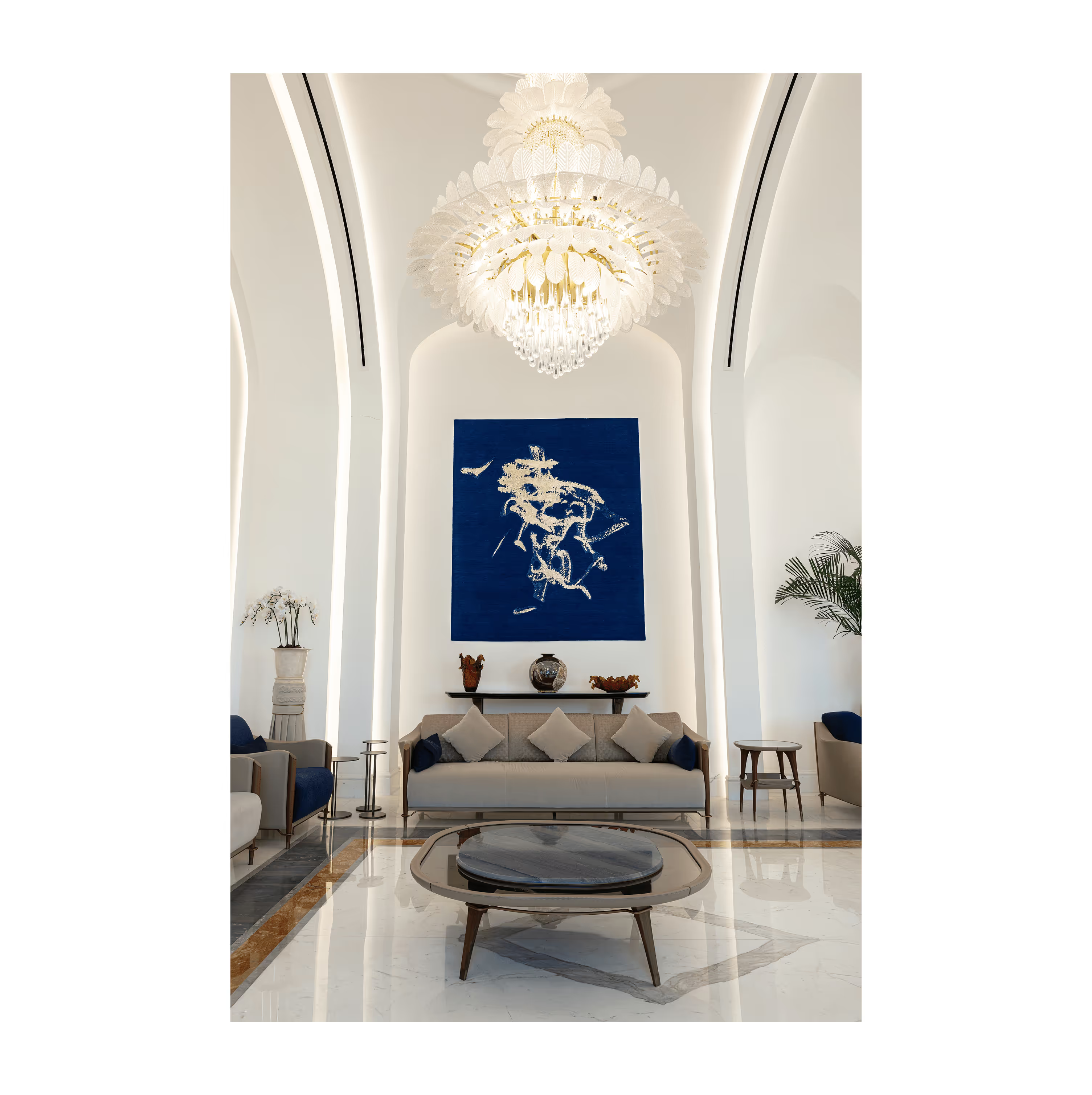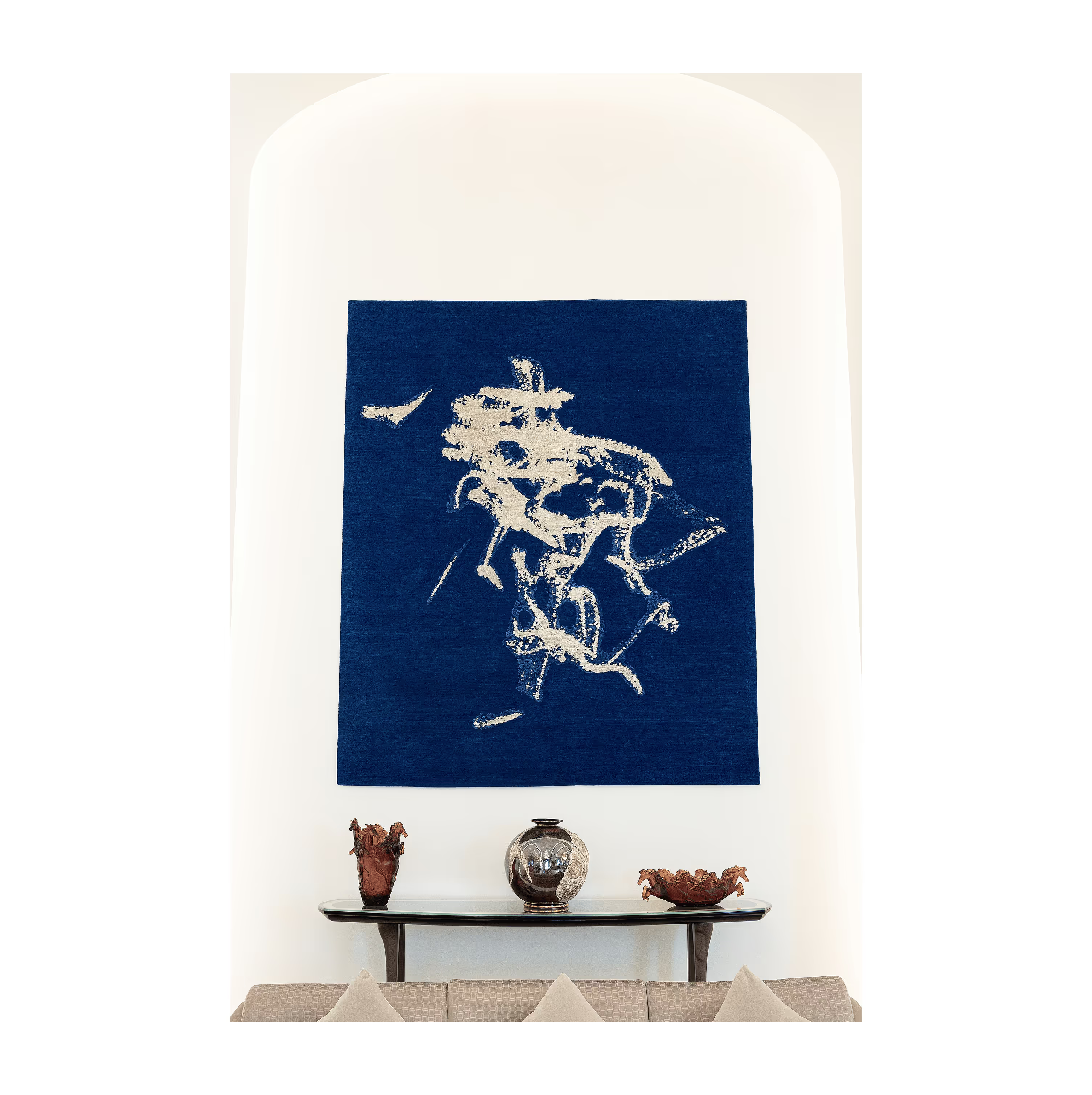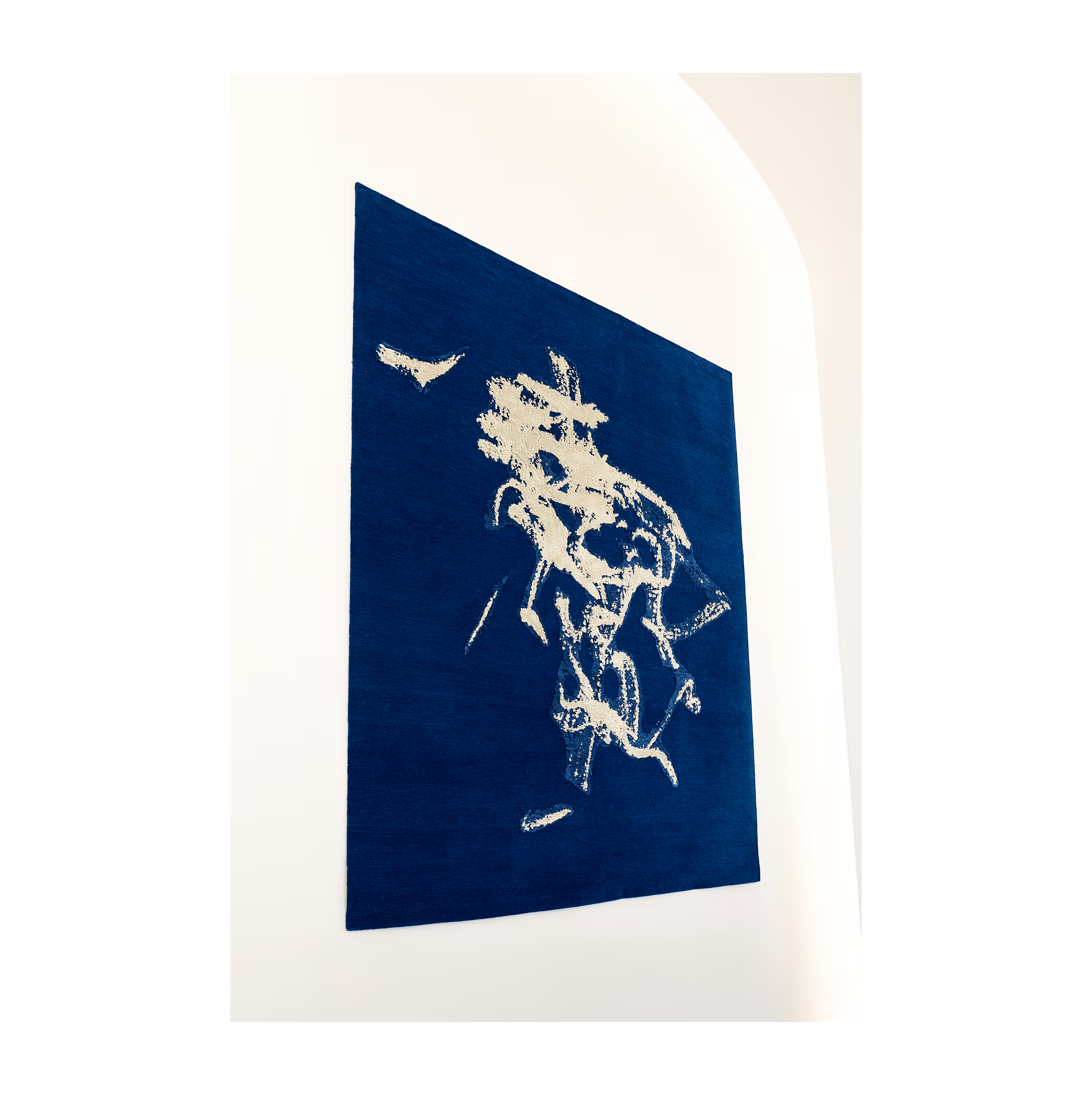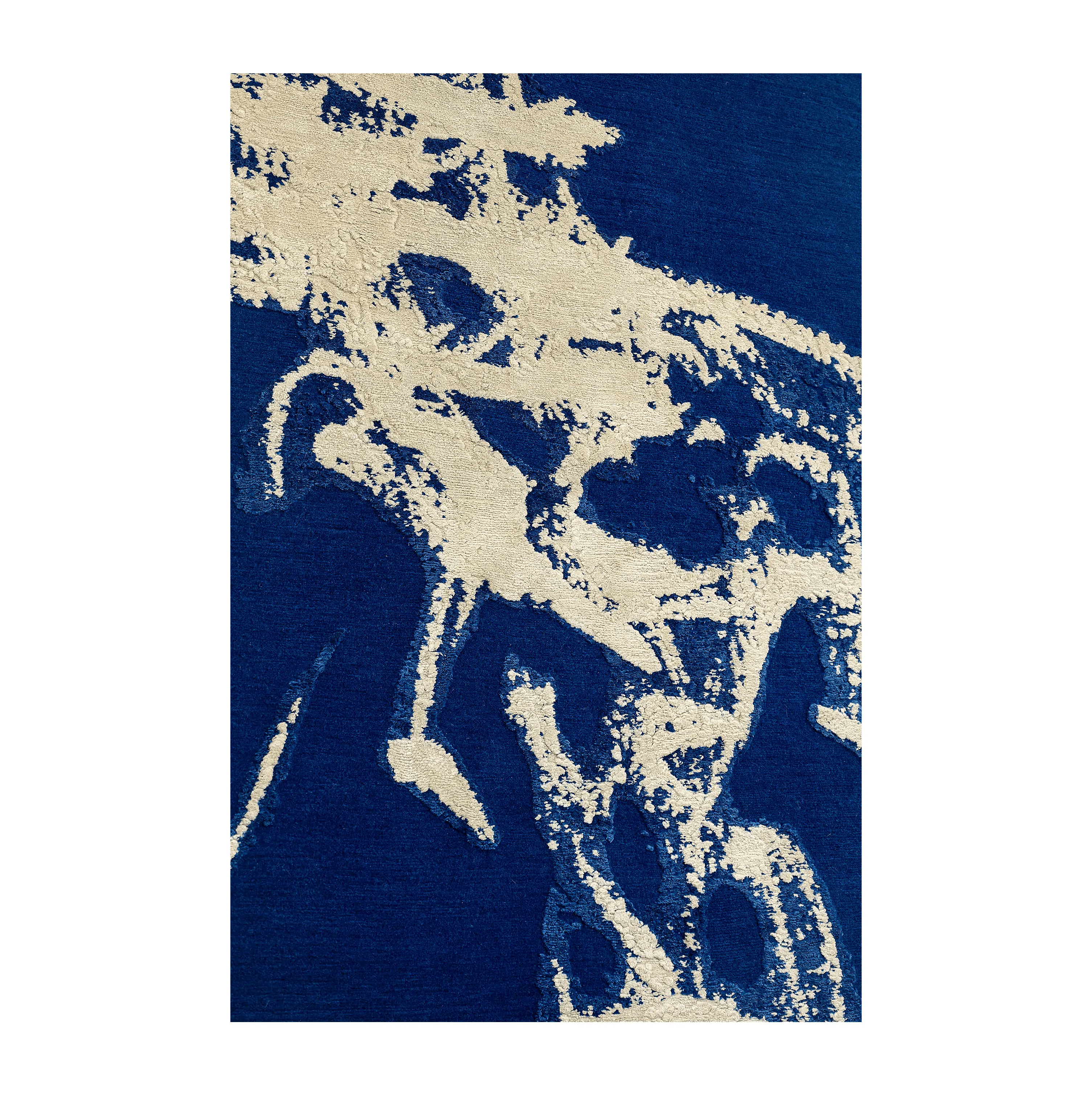Close
Menu
Sulafa Mohammed
Sulafa
Mohammed
Mohammed
Tegernsee, 2024
2025 →
Tracing the Invisible
↓
Tracing the invisible #6 on carpet
2024 →
Tangible in Copper
2024 →
Tangible
2024 →
Traces
2023 →
(mis)translation
2023 →
Meanigful in its Meaninglessness
↓
Archive 1
2022 →
Asbaq
2022 →
Driven by intuition
2021 →


